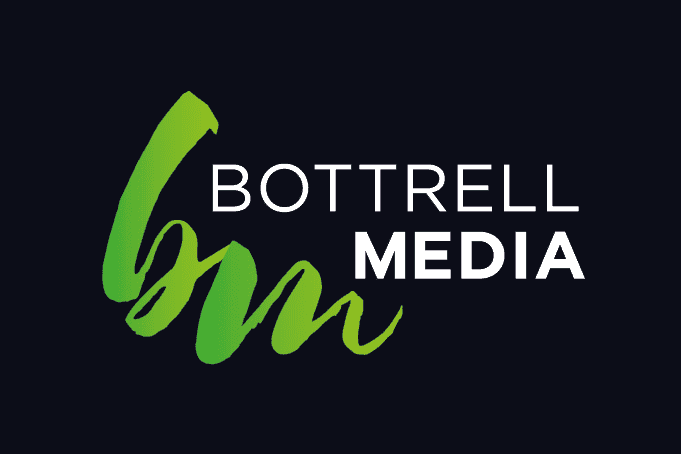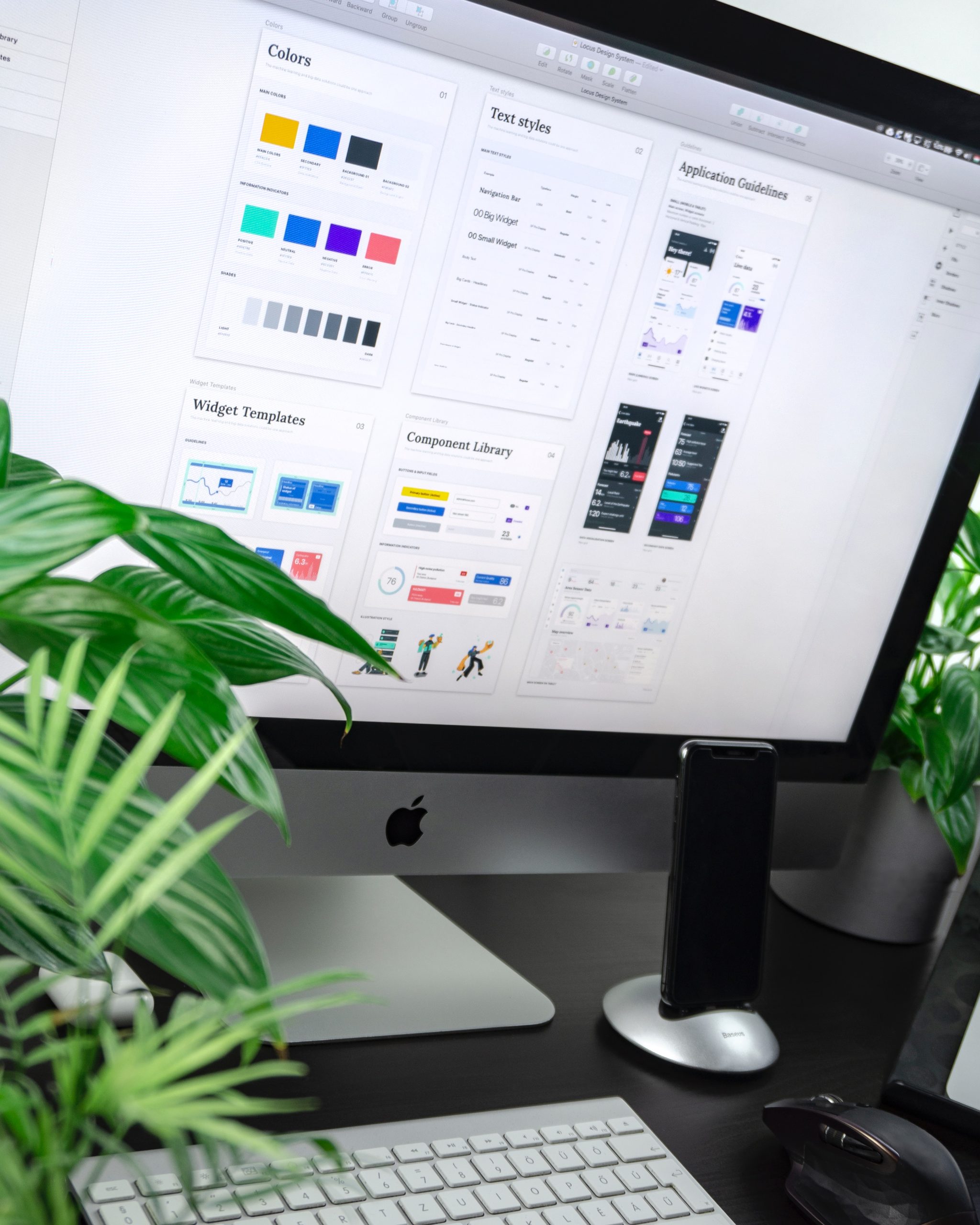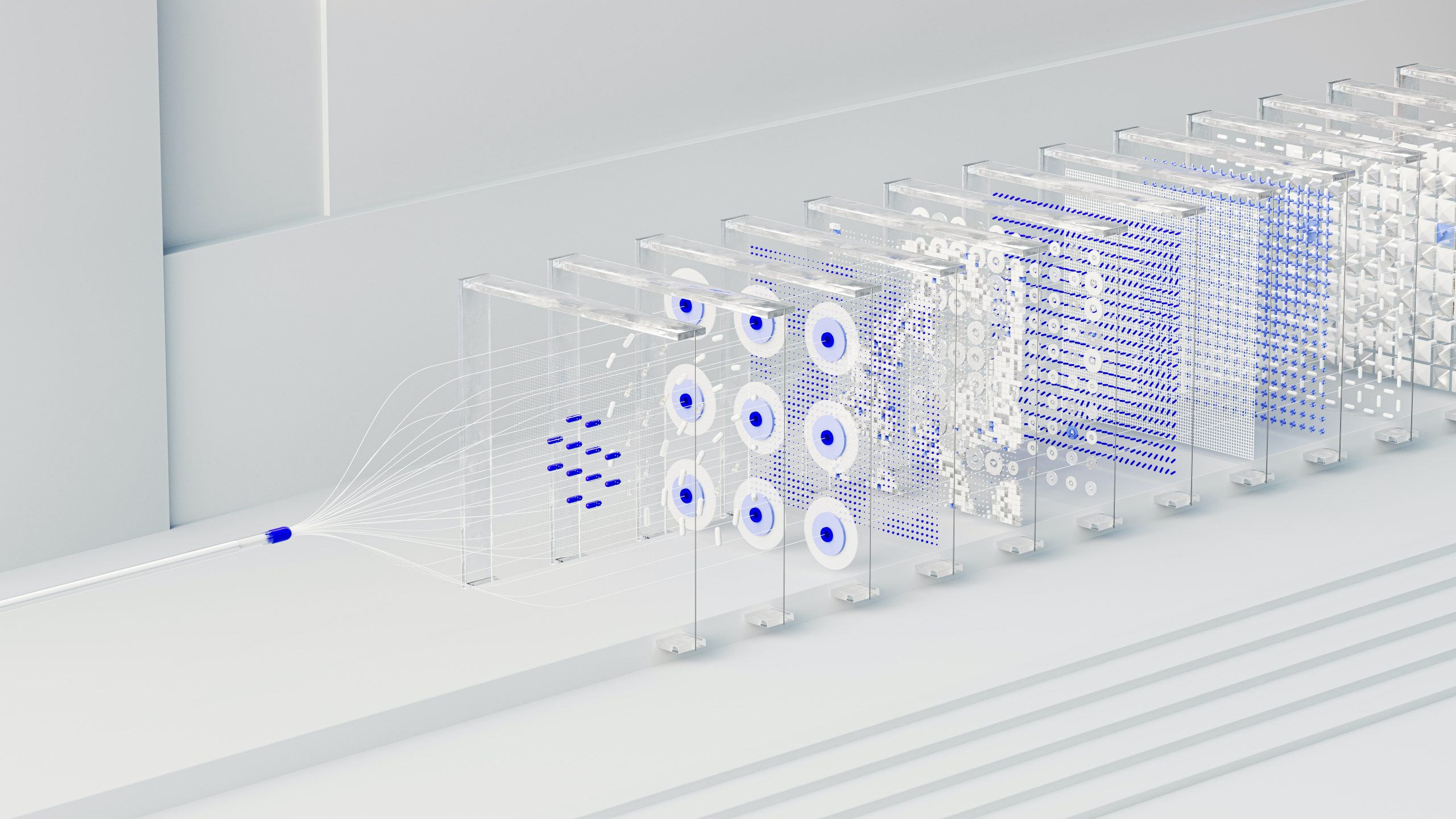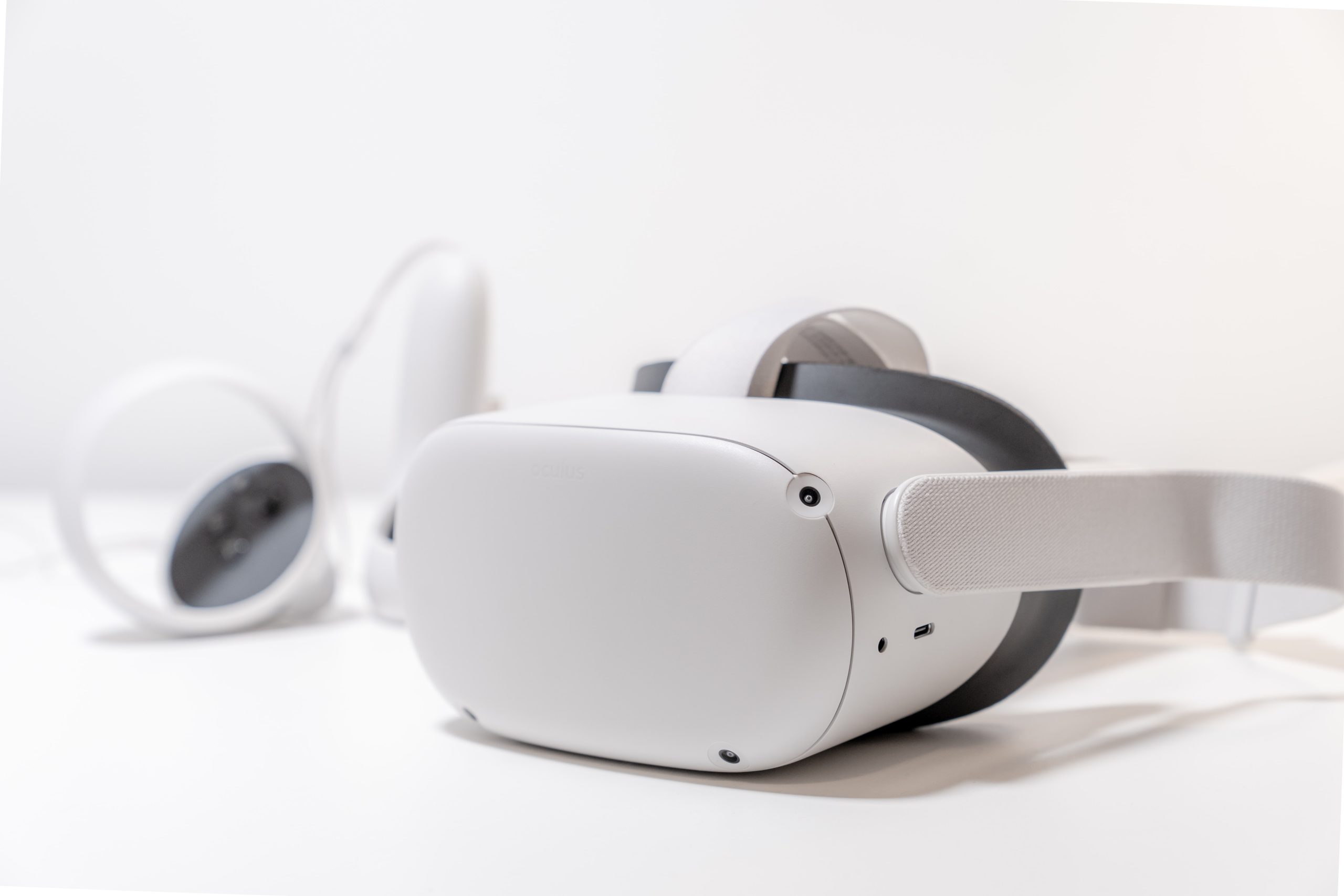
For those who are responsible for maintaining and managing websites, such as the team at Maitland Bottrell Media, this can be a challenging and demanding task. The rules and principles of web design change quickly, and often in unexpected ways. However, staying up to date with the latest trends and best practices is essential to provide users with a high-quality and engaging online experience.

With the rise of mobile devices and the increasing number of people accessing the web on the go, responsive design will continue to be a critical aspect of web design. This means that websites must be optimized for different screen sizes and devices, ensuring that they are accessible and usable on any device, from desktops to smartphones. This requires designers to create flexible and adaptive designs that can adapt to different screen sizes and orientations, providing a seamless and consistent user experience across all devices.


Artificial intelligence (AI) and machine learning are starting to make their mark on the web, and this trend is likely to continue in the future. AI and machine learning can be used to create more personalized and interactive web experiences, such as chatbots and voice-activated assistants. These technologies can also be used to analyse user behaviour, provide insights into user preferences, and help to create more relevant and engaging content and experiences.
As technology continues to advance, virtual and augmented reality (VR and AR) are starting to play a more prominent role in web design. These technologies have the potential to revolutionize the way we interact with the web, allowing us to create immersive and interactive experiences that were once impossible. In the future, we can expect to see the use of VR and AR in e-commerce, allowing customers to see products in a more immersive and interactive way, or entertainment, allowing users to explore and experience new and exciting worlds.


Making websites accessible to all users, including those with disabilities, will become even more important in the future. This includes not only ensuring that websites are compliant with accessibility guidelines, such as the Web Content Accessibility Guidelines (WCAG), but also making them more user-friendly and usable for everyone. This will require designers to consider the needs of users with disabilities, such as those who are blind, deaf, or have mobility impairments, and to create designs that are accessible and usable for all users.
Web design is a constantly evolving field, and this is evident by the rapid pace at which new technologies, trends, and ideas emerge. We will continue to see sudden and significant changes, as well as periods of stability, but the overall trajectory of web design will be one of constant evolution.
Those who prioritise user experience and accessibility will be best equipped to navigate this rapidly changing landscape. By staying attuned to new trends and technologies, they can ensure that their websites are always at the forefront of innovation and can provide users with the most seamless and enjoyable experience possible.
Overall, the future of web design is poised to be shaped by a range of exciting and innovative technologies and trends. By staying informed and up to date on these developments, designers will be able to create websites that are accessible, responsive, and engaging for users. The team at Maitland Bottrell Media are committed to ensuring that our website designs reflect these trends.
93 Lawes St, East Maitland, NSW 2323.
P: 02 40275782
Facebook – Bottrell Media Facebook Page
Instagram – Bottrell Media Instagram Page
Google – Bottrell Media Google